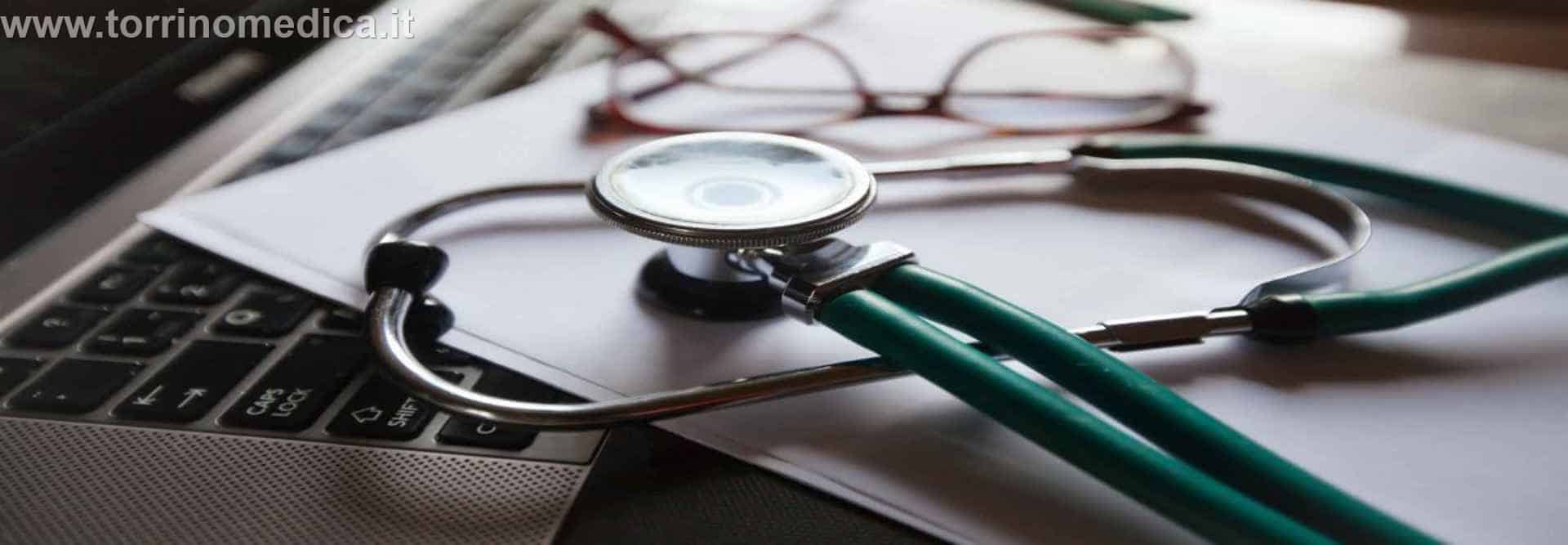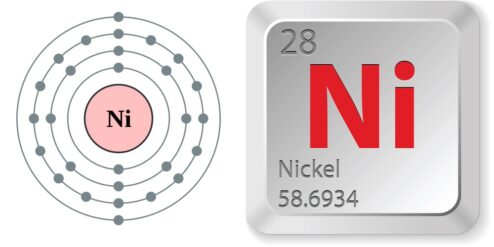Introduzione: Nickel is a trace mineral that is present in many common foods and is necessary for the body in small amounts. However, excessive exposure to nickel can lead to health problems such as skin rashes, respiratory disorders, and even cancer. In this article, we will explore the foods that block nickel absorption in the body, the role of certain nutrients in this process, and practical tips to limit nickel absorption through diet.
Understanding Nickel and Its Absorption in the Body
Nickel is a trace element that is essential for the functioning of several enzymes in the body. It is present in many foods, including nuts, legumes, and whole grains. However, excessive intake of nickel can lead to toxic effects. The absorption of nickel in the body is influenced by the presence of other dietary components. For instance, certain foods and nutrients can inhibit the absorption of nickel, thereby reducing its bioavailability. Understanding the factors that influence nickel absorption can help in devising dietary strategies to limit its intake.
Foods That Interfere with Nickel Absorption
Several foods are known to interfere with nickel absorption. These include foods rich in phytic acid, such as legumes and whole grains, and foods high in fiber. Additionally, foods rich in calcium and vitamin C can also block nickel absorption. For instance, dairy products, which are high in calcium, can bind with nickel and prevent its absorption. Similarly, fruits and vegetables rich in vitamin C can reduce the bioavailability of nickel.
Role of Calcium and Vitamin C in Blocking Nickel Absorption
Calcium and vitamin C play a crucial role in blocking nickel absorption. Calcium can bind with nickel in the gastrointestinal tract, thereby reducing its absorption. On the other hand, vitamin C acts as a chelating agent, binding with nickel and forming a complex that is not easily absorbed by the body. Therefore, including foods rich in calcium and vitamin C in your diet can help in reducing nickel absorption.
How Phytates in Legumes and Grains Block Nickel Absorption
Phytates, which are found in legumes and grains, can also inhibit nickel absorption. Phytates are a form of phosphorus that is not easily absorbed by the body. They can bind with nickel and other minerals, forming insoluble complexes that are excreted from the body. Therefore, consuming foods high in phytates can help in reducing the bioavailability of nickel.
Impact of High Fiber Foods on Nickel Absorption
High fiber foods can also impact nickel absorption. Dietary fiber can bind with nickel, reducing its absorption in the gut. Moreover, fiber can speed up the transit time in the gut, thereby reducing the time available for nickel absorption. Therefore, including high fiber foods in your diet can help in reducing nickel absorption.
Practical Tips to Limit Nickel Absorption Through Diet
To limit nickel absorption through diet, include foods rich in calcium, vitamin C, and fiber in your diet. Avoid processed foods and drinks stored in cans, as they may contain high levels of nickel. Also, cook using stainless steel utensils, as they can leach nickel into food. Lastly, if you are sensitive to nickel, consider seeking advice from a dietitian or a healthcare professional to devise a diet plan that limits nickel intake.
Conclusioni: Limiting nickel absorption through diet can be an effective strategy to reduce the risk of nickel toxicity. Including foods rich in calcium, vitamin C, and fiber in your diet, and avoiding foods high in nickel, can help in achieving this goal. However, it is important to note that individual responses to dietary nickel can vary, and therefore, personalized dietary advice may be necessary.
Per approfondire:
- The National Institutes of Health: Nickel in diet – This article provides detailed information on the sources of dietary nickel and its health effects.
- The American Journal of Clinical Nutrition: Dietary factors influencing zinc absorption – This scientific article discusses the factors that influence the absorption of trace minerals, including nickel.
- The Journal of Nutrition: The Role of Dietary Factors in the Absorption and Metabolism of Heavy Metals – This research paper provides insights into the role of dietary factors in the absorption of heavy metals, including nickel.
- The European Food Safety Authority: Scientific Opinion on Dietary Reference Values for nickel – This scientific opinion provides information on the dietary reference values for nickel.
- The World Health Organization: Nickel in Drinking-water – This document provides information on the health effects of nickel and the recommended intake levels.


